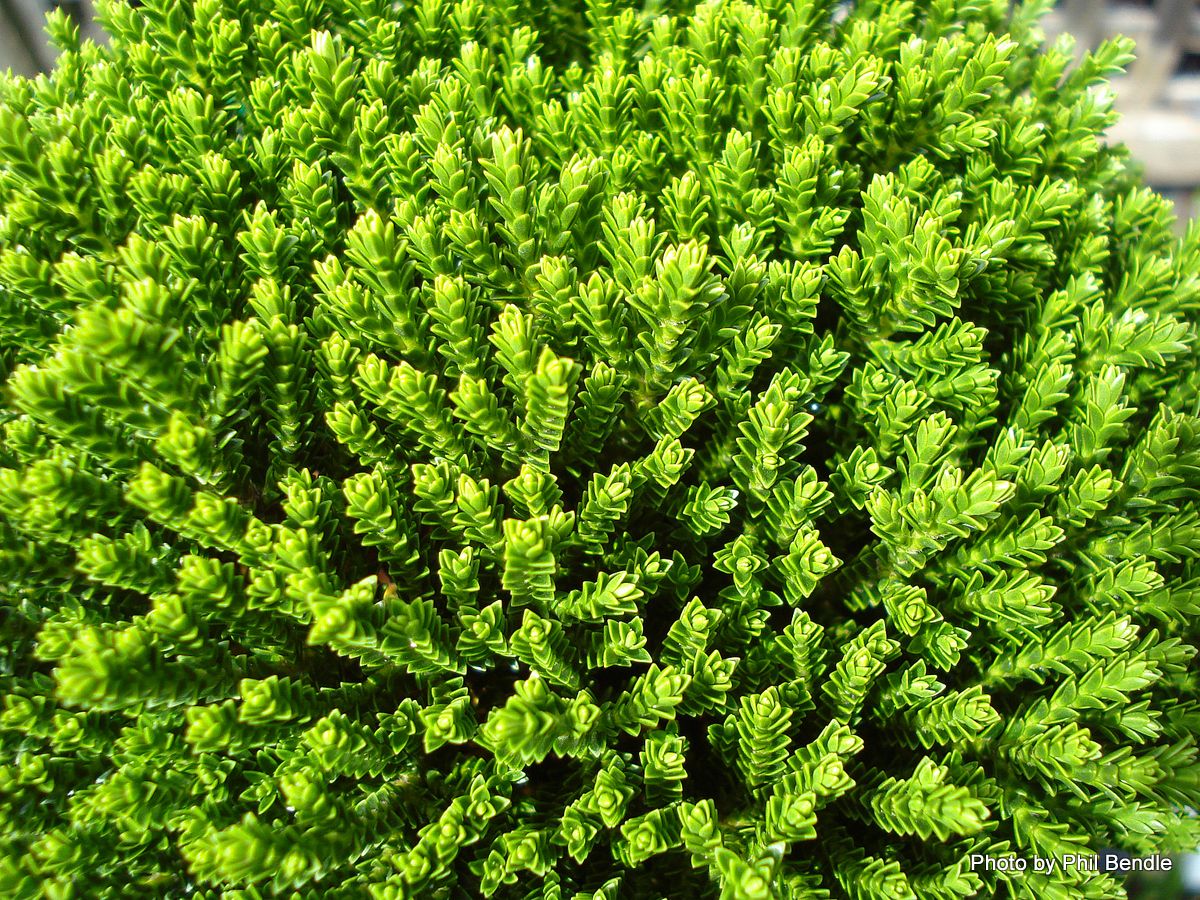The Hebe Emerald Gem plant, with its captivating emerald-toned foliage, is a horticultural gem that adds a touch of elegance and sophistication to any landscape. Its compact size and adaptability make it a versatile choice for various gardening needs, from borders to hedges and even containers.
Originating from New Zealand, this evergreen shrub belongs to the family Plantaginaceae and is known for its dense, bushy growth habit and glossy, deep green leaves. The leaves, which are arranged oppositely on the stems, feature a distinctive emerald hue that remains vibrant throughout the year.
Hebe Emerald Gem Plant Overview
The Hebe Emerald Gem plant, scientifically classified as Hebe x franciscana ‘Emerald Gem,’ is a captivating evergreen shrub that belongs to the Plantaginaceae family. Originating from New Zealand, this compact and bushy plant is prized for its striking foliage and adaptability to various growing conditions.
Hebe Emerald Gem showcases vibrant emerald-green leaves that are narrow and lance-shaped, forming a dense and mounding growth habit. It typically reaches a height of 2-3 feet (0.6-0.9 meters) and a spread of 2-4 feet (0.6-1.2 meters). The plant produces clusters of small, white flowers during the summer months, adding a delicate touch to its overall appearance.
Growth Habits
Hebe Emerald Gem is a versatile plant that can thrive in both full sun and partial shade. It prefers well-drained, moist soil but can tolerate occasional drought conditions. The plant is known for its hardiness, withstanding temperatures as low as -10°F (-23°C) in USDA hardiness zones 7-10.
Ornamental Value
The Hebe Emerald Gem plant is a valuable addition to any garden or landscape. Its dense, evergreen foliage creates a lush and attractive backdrop, while the clusters of white flowers add a touch of elegance. The plant is often used as a border plant, groundcover, or in containers. Its compact size and low maintenance requirements make it an ideal choice for urban gardens and small spaces.
Care and Cultivation: Hebe Emerald Gem Plant

To ensure the health and beauty of your Hebe Emerald Gem plant, it’s crucial to provide appropriate care and cultivation practices. This includes selecting the ideal soil conditions, providing optimal light exposure, and maintaining a consistent watering schedule. Additionally, proper pruning techniques and preventive measures against potential pests and diseases are essential for its well-being.
Soil Requirements, Hebe emerald gem plant
- The Hebe Emerald Gem plant thrives in well-drained, acidic to neutral soil with a pH range of 5.5 to 7.0.
- A mixture of loam, compost, and sand provides an ideal growing medium that allows for proper drainage and aeration.
- Avoid planting in heavy clay soils that can lead to waterlogging and root rot.
Light Conditions
- This plant prefers bright, indirect light for optimal growth and vibrant foliage.
- Direct sunlight can scorch the leaves, causing them to turn brown and dry out.
- In low-light conditions, the plant may become leggy and produce fewer blooms.
Watering Schedule
- Water the Hebe Emerald Gem plant regularly, allowing the soil to dry out slightly between waterings.
- Avoid overwatering, as this can lead to root rot and other problems.
- During hot, dry periods, increase the frequency of watering to prevent the plant from wilting.
Pruning Techniques
- Regular pruning helps maintain the plant’s shape, encourages healthy growth, and promotes flowering.
- Prune in spring or fall, removing any dead or diseased stems.
- To control the plant’s height and spread, pinch back the tips of new shoots.
Potential Pests and Diseases
- The Hebe Emerald Gem plant is generally resistant to pests and diseases, but it can be susceptible to mealybugs, scale, and aphids.
- Inspect the plant regularly for signs of infestation and treat promptly with insecticidal soap or horticultural oil.
- Good cultural practices, such as proper watering and sanitation, can help prevent disease outbreaks.
Landscape Uses and Design Considerations
Incorporating the Hebe Emerald Gem plant into landscape designs offers versatility and aesthetic appeal. Its compact size and dense foliage make it suitable for various applications, including hedges, borders, and focal points.
As a hedge, Hebe Emerald Gem creates a neat and evergreen barrier, defining boundaries or providing privacy. Its dense growth habit ensures minimal gaps, resulting in a cohesive and visually appealing hedge. Alternatively, it can be used as a border plant, adding a touch of color and texture to pathways, flower beds, or driveways.
Companion Plants
To enhance the visual impact of Hebe Emerald Gem, consider pairing it with companion plants that complement its emerald-green foliage and purple flowers. Suitable choices include:
- Yellow-flowered plants: Coreopsis, Gaillardia, or Rudbeckia add a contrasting pop of color.
- Blue-flowered plants: Salvia, Veronica, or Agapanthus create a harmonious blend of complementary hues.
- Silver-leaved plants: Senecio, Artemisia, or Lamb’s Ear provide a textural contrast and highlight the emerald-green foliage of Hebe.
Focal Point
Hebe Emerald Gem can also serve as a stunning focal point in gardens or outdoor spaces. Planted in containers or as a specimen plant, its vibrant foliage and showy flowers draw attention and create a sense of interest. The plant’s compact size makes it suitable for smaller gardens or balconies, where it can be easily incorporated as a decorative element.
